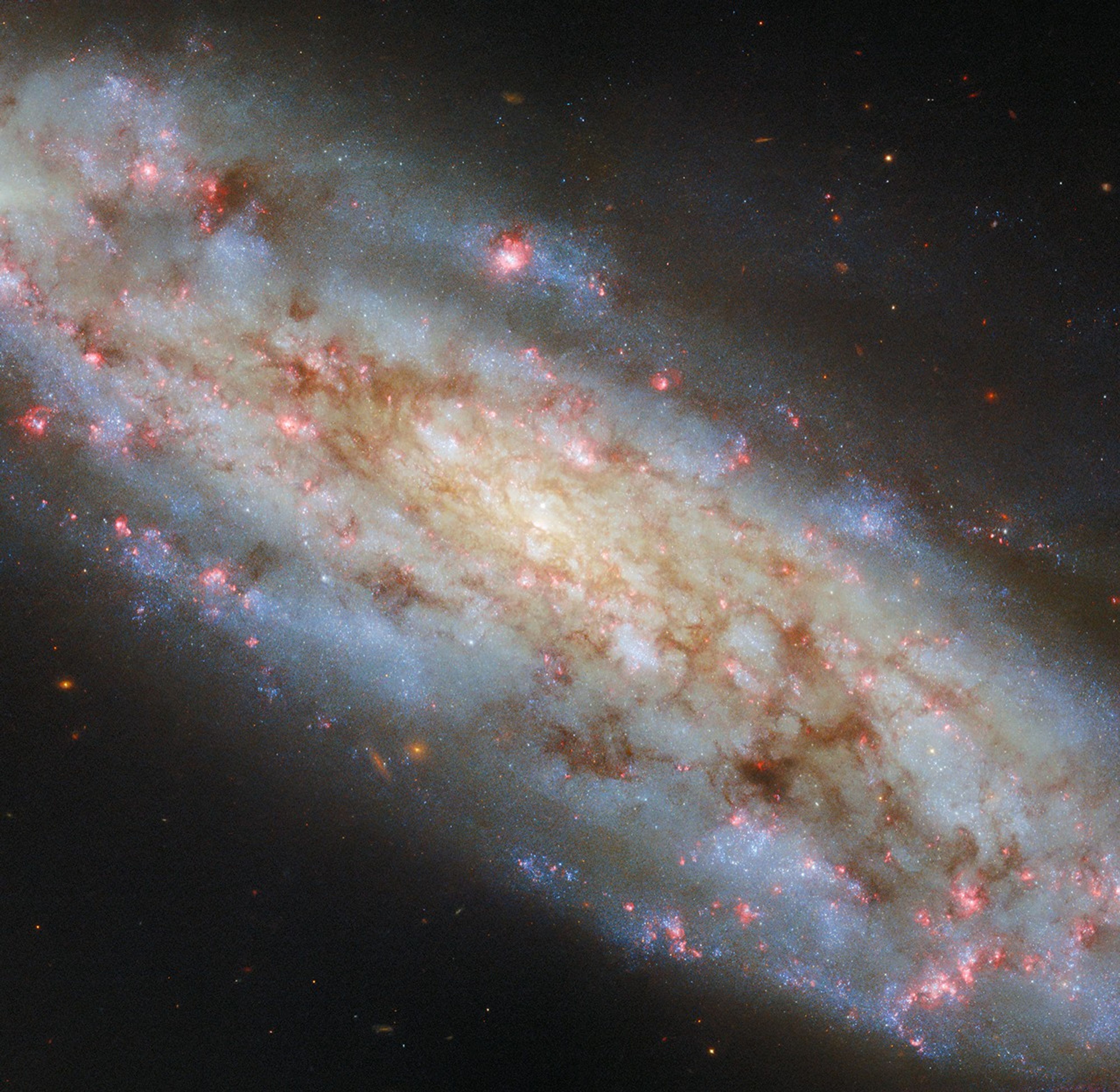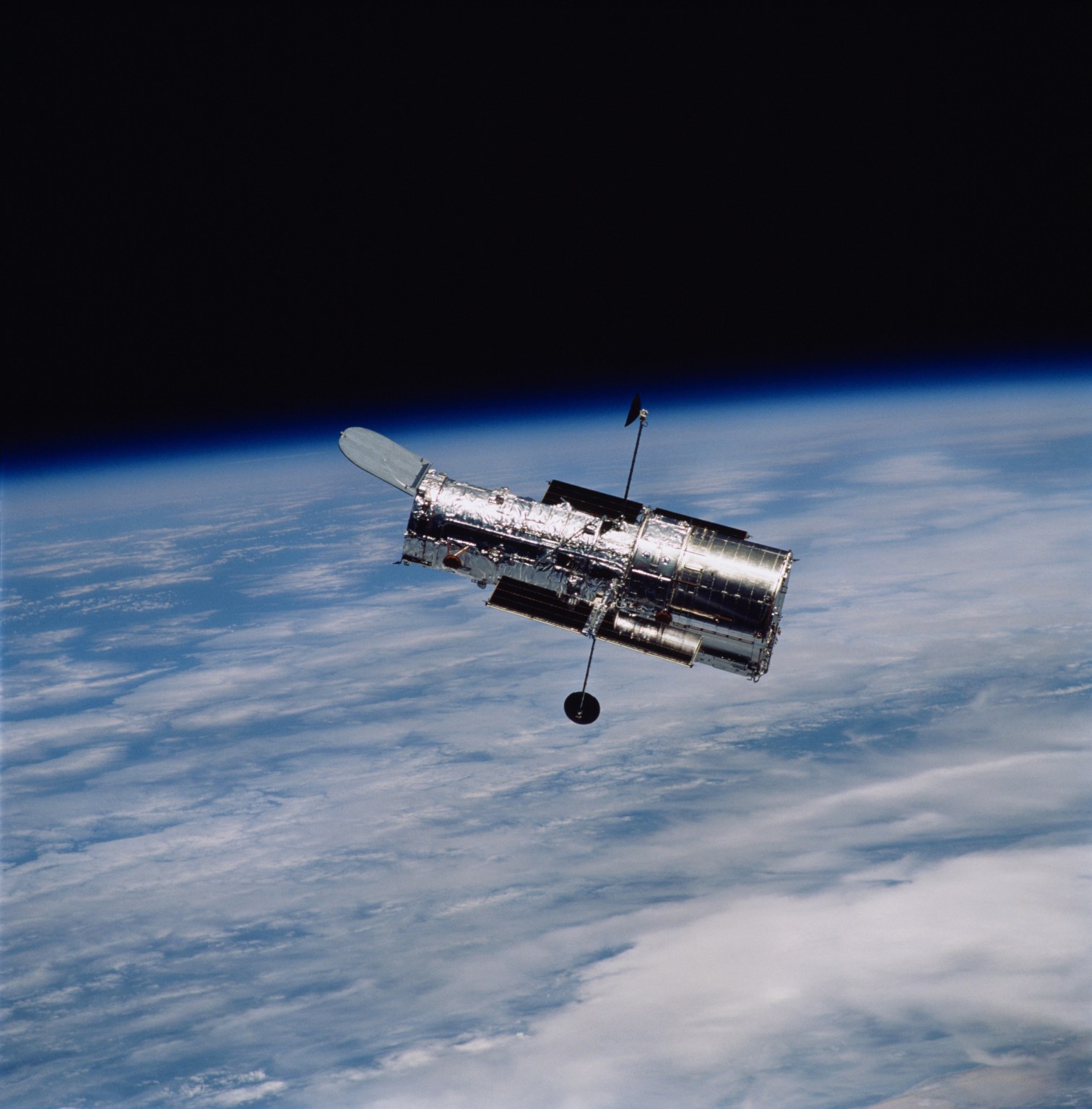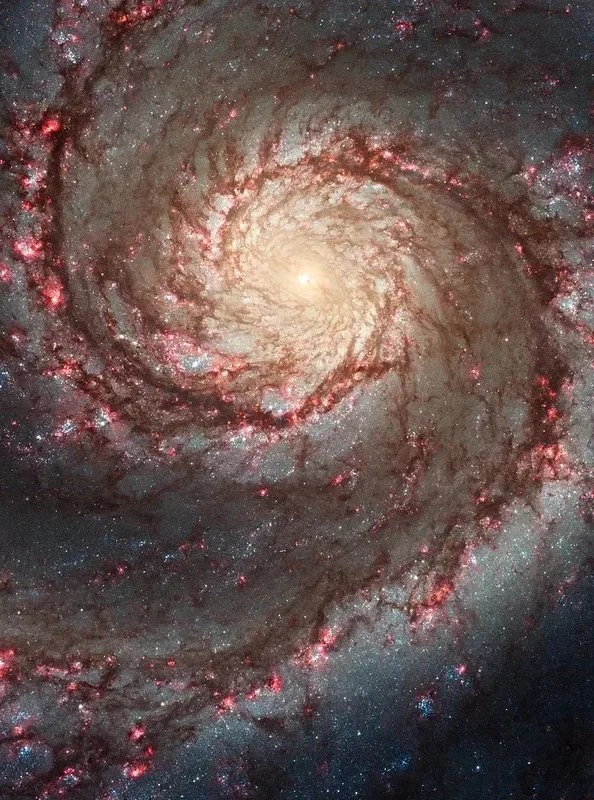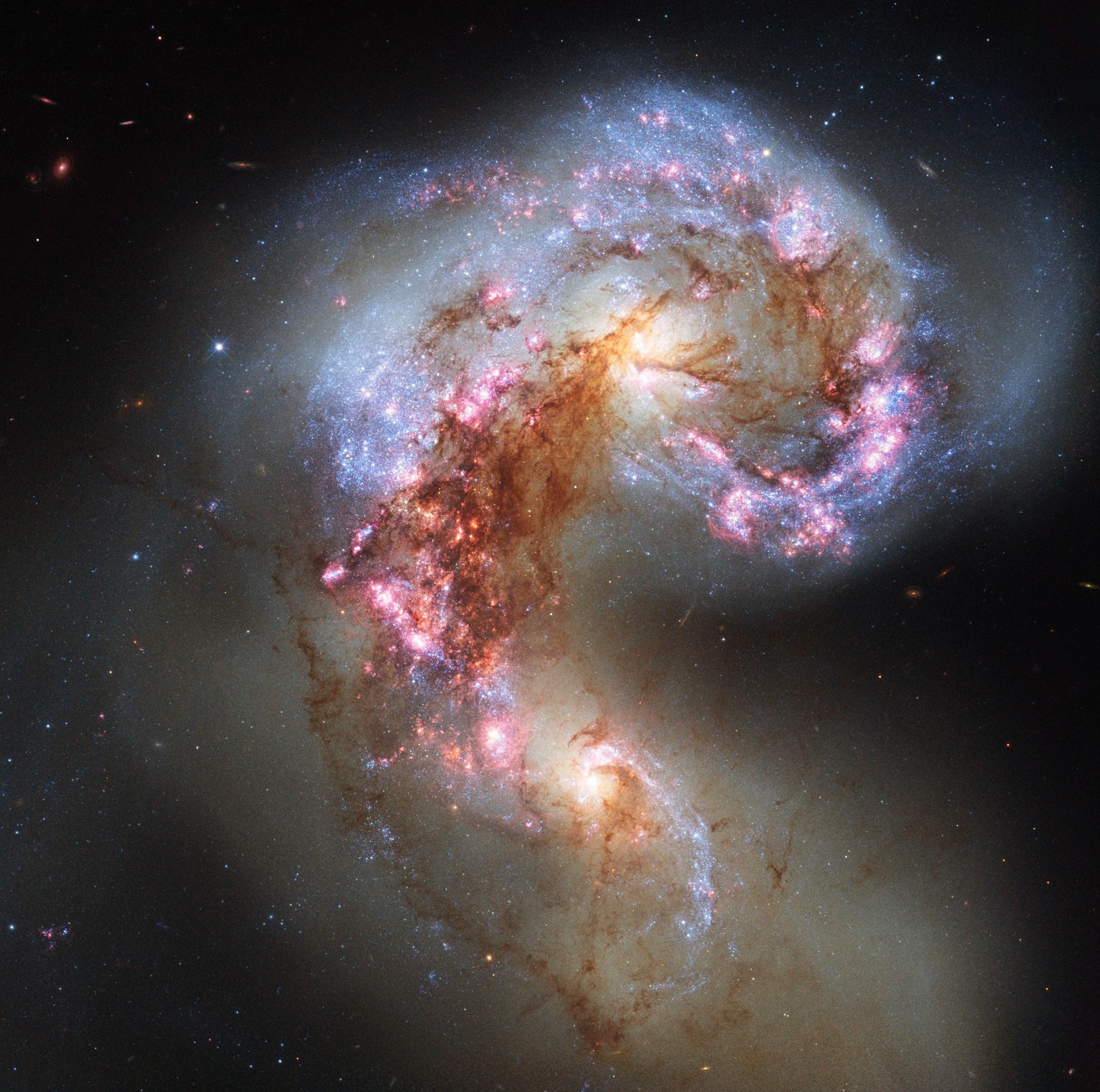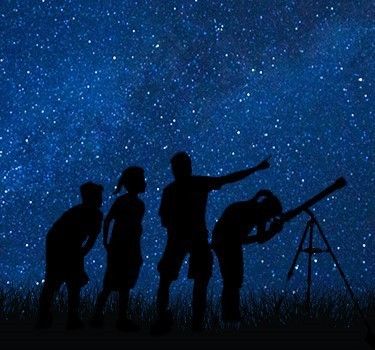Hubble Spies a Spiral So Inclined
- Hubble Spies a Spiral Galaxy: The NASA/ESA Hubble Space Telescope has captured an image of the spiral galaxy NGC 3511, located 43 million light-years away in the constellation Crater.
- Astronomers are studying NGC 3511 as part of a survey to understand the star formation cycle in nearby galaxies, using Hubble’s advanced filters to record its appearance and catalog its stars.
- NGC 3511 contains many bright red gas clouds that glow when energized by ultraviolet light from hot young stars, which are typically less than a few million years old and several times more massive than the Sun.
- The Hubble Space Telescope has been in operation since 1990 and has revolutionized our understanding of the universe, with its latest discoveries continuing to shed light on the mysteries of galaxies and the cosmos.
- As part of its ongoing mission, Hubble will record the appearance of 55 local galaxies using five filters that allow for different wavelengths of light, helping scientists better understand the universe and its many wonders.
2 min read
Hubble Spies a Spiral So Inclined
The stately and inclined spiral galaxy NGC 3511 is the subject of this NASA/ESA Hubble Space Telescope image. The galaxy is located 43 million light-years away in the constellation Crater (The Cup). From Hubble’s vantage point in orbit around Earth, NGC 3511 is tilted by about 70 degrees, intermediate between face-on galaxies that display the full disk of the spiral and its arms, and edge-on galaxies that offer a side view, revealing only their dense, flattened disks.
Astronomers are studying NGC 3511 as part of a survey of the star formation cycle in nearby galaxies. For this observing program, Hubble will record the appearance of 55 local galaxies using five filters that allow in different wavelengths, or colors, of light.
One of these filters allows only a specific wavelength of red light to pass through. Giant clouds of hydrogen gas glow in this red color when energized by ultraviolet light from hot young stars. As this image shows, NGC 3511 contains many of these bright red gas clouds, some of which are curled around clusters of brilliant blue stars. Hubble will help astronomers catalog and measure the ages of these stars, which are typically less than a few million years old and several times more massive than the Sun.
Text Credit: ESA/Hubble
Media Contact:
Claire Andreoli (claire.andreoli@nasa.gov)
NASA’s Goddard Space Flight Center, Greenbelt, MD

